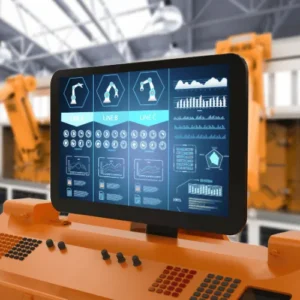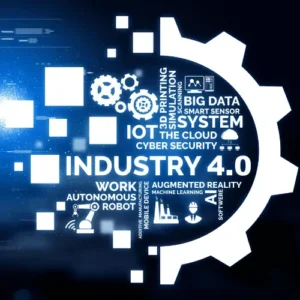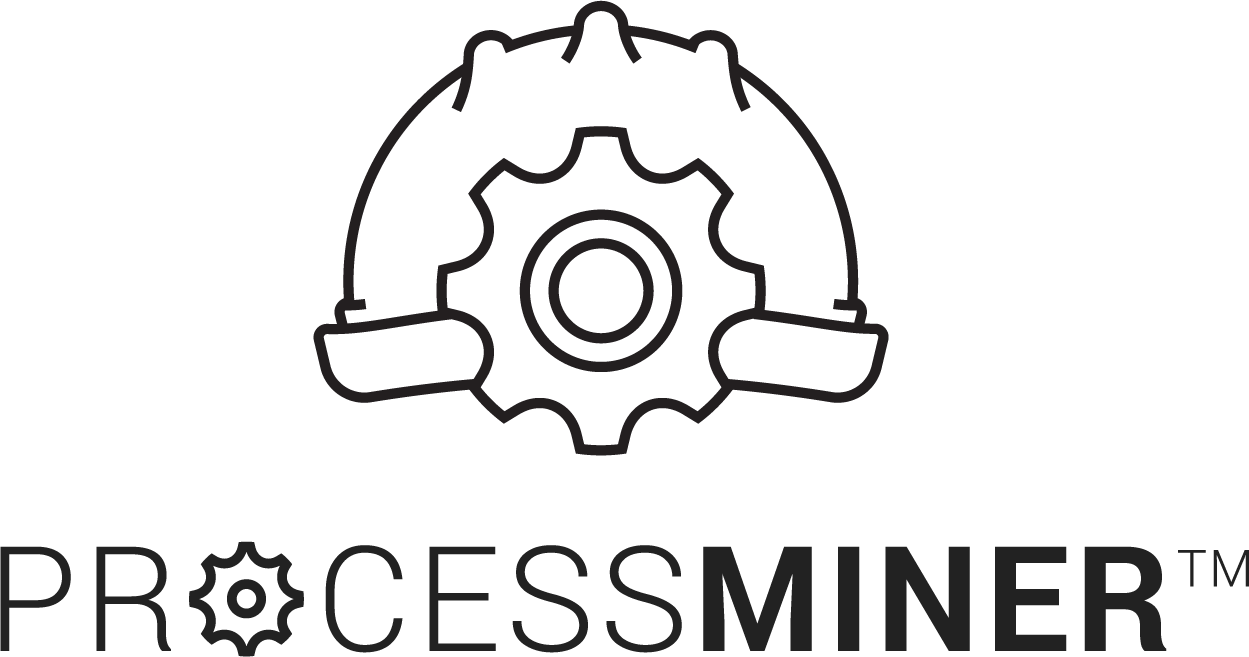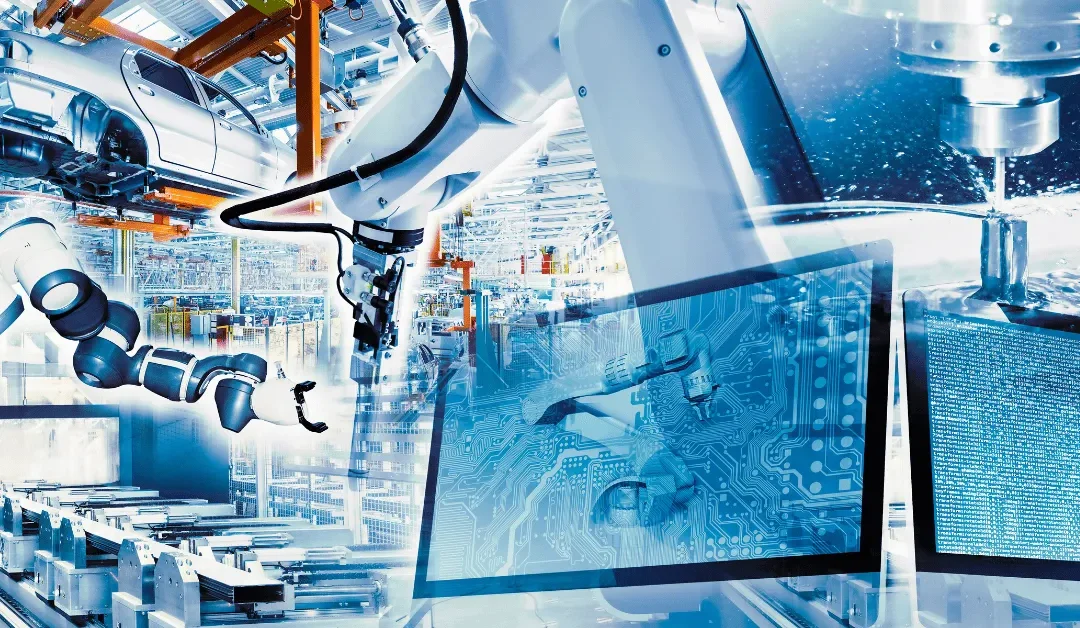Digitization involves integrating technology and data into every aspect of the manufacturing process, from supply chain management to production to distribution.
While digitizing a factory is essential for achieving autonomous manufacturing, it’s also a complex and challenging process that requires careful planning and execution. In this blog post, we’ll explore the key elements manufacturers should consider before digitizing their factories for autonomous manufacturing.
Autonomous Manufacturing: The Importance of a Digital Strategy
Before digitizing a factory, it’s crucial to have a digital strategy in place. A digital strategy plan should outline how technology and data will be used to achieve business goals and objectives and address the following:
- Data collection: What data needs to be captured, and how will it be collected from various sources within the factory, such as machines, sensors, lab tests, and operators?
- Data analysis: How will data be organized, analyzed and transformed into actionable insights?
- Data integration: How will data be integrated across different systems and platforms to create a unified, consolidated view of the factory?
A cohesive and well-thought-out plan can help manufacturers ensure their digitization efforts are aligned with their overall business strategy.

Choosing the Right Autonomous Manufacturing Technology
Manufacturers can use many types of technology to digitize their factories, such as sensors, predictive analytics, Machine Learning (ML), and Artificial Intelligence (AI). First, however, each must be reviewed for its baseline requirements, potential benefits and deployment challenges.
For example, sensors can collect data from machines and equipment in real time, providing insights into performance and efficiency. Machine learning can be used to identify patterns in data and make predictions about future performance. In addition, AI can help to automate specific tasks and processes, such as quality control, scrap reduction, production flow and optimum preventive maintenance.
It’s crucial to balance these benefits with investment, the expertise required to employ, and how directly they support your digital strategy plan. Therefore, manufacturers should carefully evaluate their options and choose the technology that best aligns with their business goals and ability to operationalize and apply the science to their production process.

Autonomous Manufacturing: Assessing Data Quality
Since data is the foundation of digitization and autonomous execution in manufacturing, it is critical to ensure sustainability in capturing and storing high-quality and consistent data over time. Everyone in the deployment of IT and OT knows the old adage, “Garbage in, garbage out.”
Good historical data is the lifeblood of accurate predictions required to confidently automate processes. Common data quality issues include incomplete, inconsistent, inaccurate and duplicated data. To address these issues, manufacturers execute data assessment and employ data quality methods such as data profiling, transformation, management and cleansing.
Once data quality issues have been identified, manufacturers can take steps to resolve them, such as standardizing data formats and improving data collection processes.

Addressing Security Concerns with Autonomous Manufacturing
Where ever data is concerned, the question of security must also be considered. As factories become more connected and data-driven, they become more vulnerable to cyber-attacks and data breaches. As a result, manufacturers must take steps to address these security risks.
Some strategies for addressing security concerns include implementing cybersecurity policies and protocols, firewalls, encryption, and best practices training, as well as conducting ongoing monitoring and assessment of security risks. In addition, trusted technology partners can be a valuable resource for support in this discipline.
Considering Workforce Implications
Digitization and autonomous manufacturing also have significant implications for the workforce. As machines and technology take on more tasks, the roles and responsibilities of human workers may change. As a result, manufacturers must plan for these workforce implications, shift responsibilities and provide training plans and upskilling programs for employees.
It’s also essential to involve employees in the digitization process and address their concerns. Change can be challenging for employees, and it’s crucial to communicate transparently and openly about the goals and benefits of digitization.

Challenges and Risks Associated with Digitization and Autonomous Manufacturing
While digitizing a factory and implementing autonomous manufacturing can offer numerous benefits, such as improved efficiency and productivity, reduced costs and enhanced product quality, there are also several challenges and risks to consider. These include:
- Initial Cost of Digitization: Digitizing a factory requires significant investment in technology and expertise, which can be costly for some manufacturers.
- Significant Investment in Technology and Expertise: Manufacturers need to have the right technology and skilled expertise to achieve digital transformation and create an effective digital strategy plan.
- Cybersecurity Threats: With digitization and increased connectivity, manufacturers become more vulnerable to cyber-attacks and data breaches. This is a significant concern as cyber-attacks can result in substantial financial and reputational damage.
- Cultural Shift within the Organization: Digitization and autonomous manufacturing represent a significant change for many organizations. It requires a change in organizational culture, as well as workforce training, to adapt to the new digital environment.
Addressing the Challenges and Risks of Autonomous Manufacturing
To address these challenges and risks, manufacturers can take several steps, such as:
- Developing a comprehensive digital strategy plan that outlines the company’s goals, identifies areas of focus, and provides a roadmap for digitization.
- Conducting a thorough analysis of the organization’s current technological infrastructure and identifying areas that require modernization or upgrading.
- Engaging with trusted technology partners, such as ProcessMiner, to help with the selection, deployment and execution of new technology and support the organization in cybersecurity.
- Providing workforce training and upskilling programs to prepare employees for the digital environment and communicate openly and transparently about the goals and benefits of digitization.
- Ensuring data quality and implementing data quality methods, such as data profiling, transformation, management, and cleansing, to ensure accurate and consistent data.
- Creating a robust cybersecurity policy and protocol to address the increasing risk of cyber-attacks and data breaches and conducting regular security assessments.
- Foster a culture of innovation and continuous improvement, embracing change and encouraging cross-functional collaboration between IT and Operations Technology (OT) teams to ensure a cohesive approach.
By implementing these steps, manufacturers can mitigate the potential challenges and risks associated with digitization and autonomous manufacturing and unlock the benefits of a digital factory.
How ProcessMiner Can Help Your Business Achieve Digitization Goals for Autonomous Manufacturing
Digitizing a factory is a necessary step toward achieving autonomous manufacturing to improve operating efficiency and address the growing skilled labor gap. However, advanced planning is critical to managing the complexities and effectively introducing new processes that may result. At ProcessMiner Inc, we fully understand the challenges and have the experience to help manufacturers of any size progress along the digitization maturity curve.
That’s why we offer solutions and services that can help businesses achieve their digitization goals. Our team of experts can work with you to develop a digital strategy that aligns with your business objectives and select the right technology to achieve those objectives.
We also provide a turnkey solution deploying the most advanced AI and ML technologies.
Additionally, we can help you address security concerns and manage the workforce transition that comes with digitization. With ProcessMiner as your partner, you can be confident in your journey toward autonomous manufacturing.

